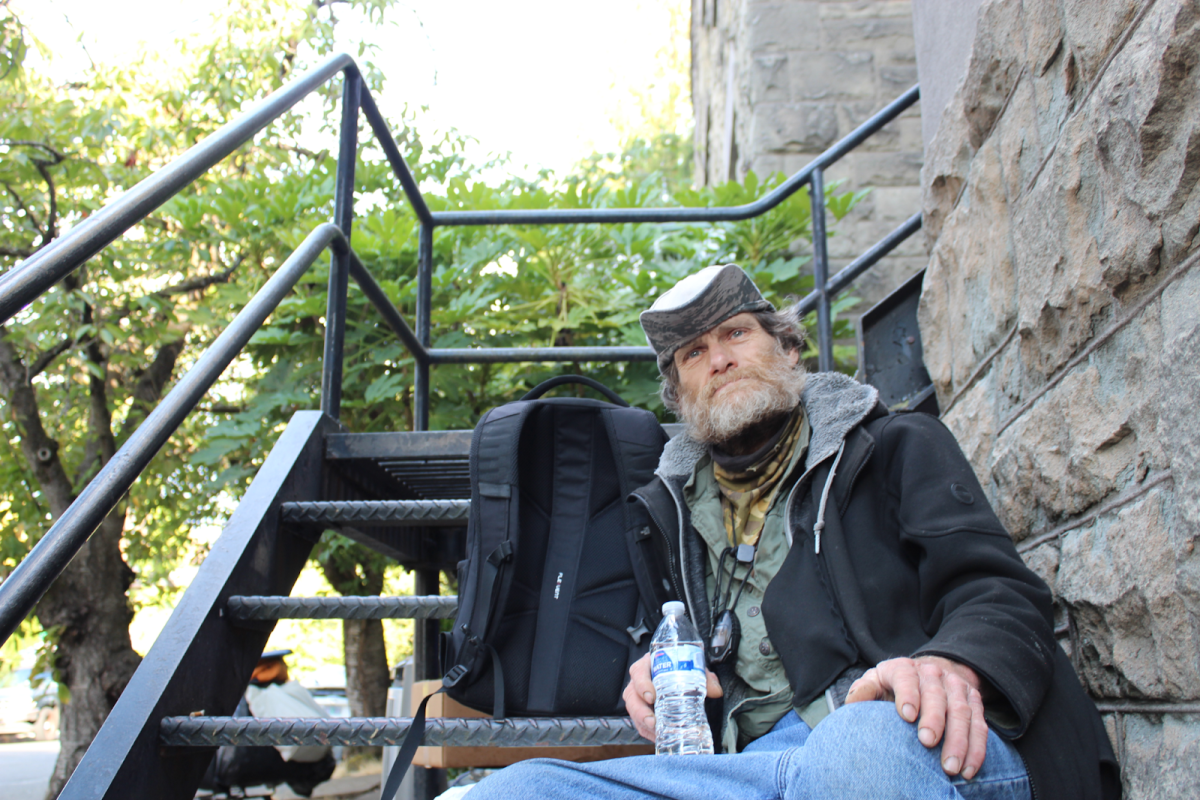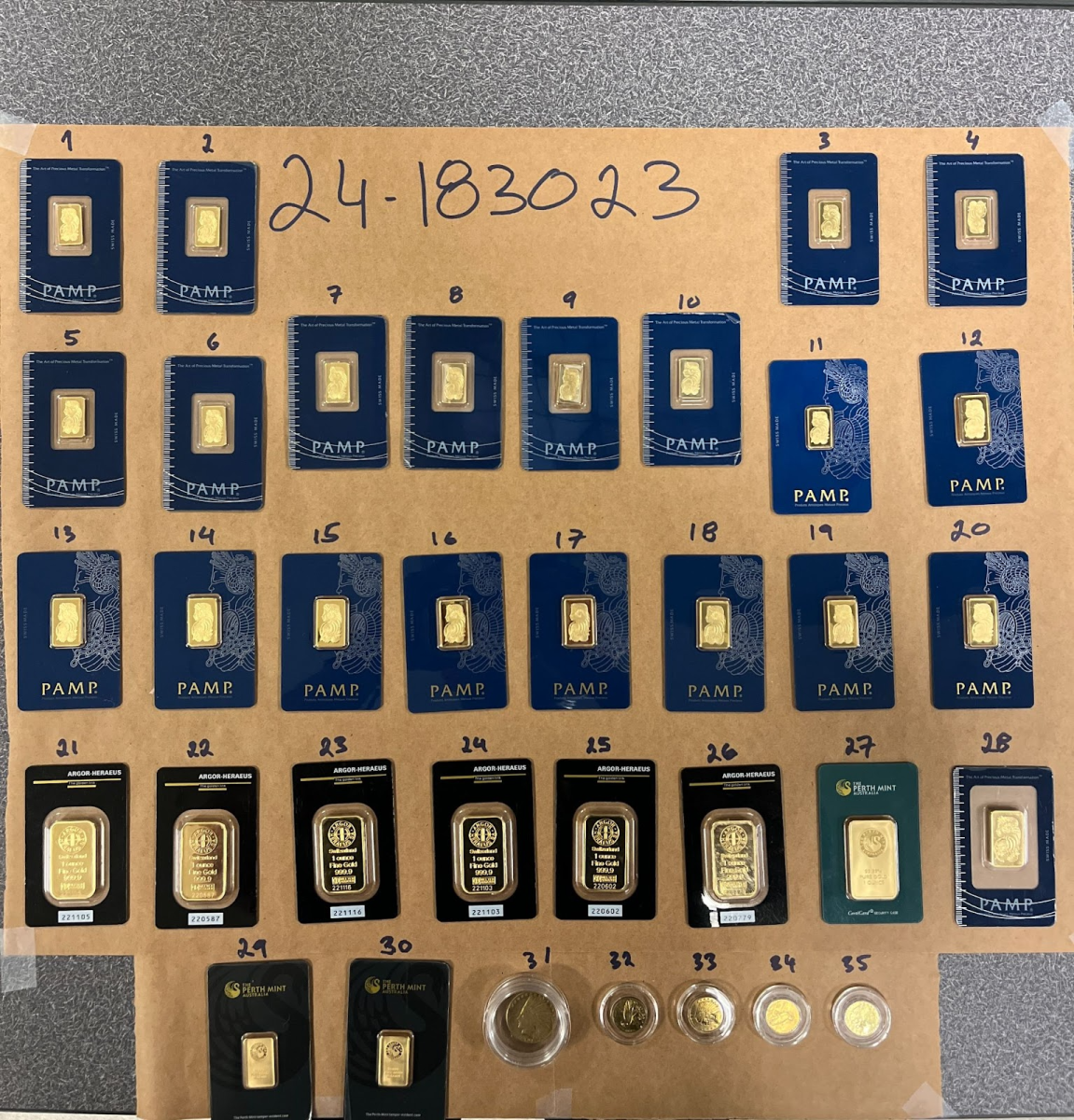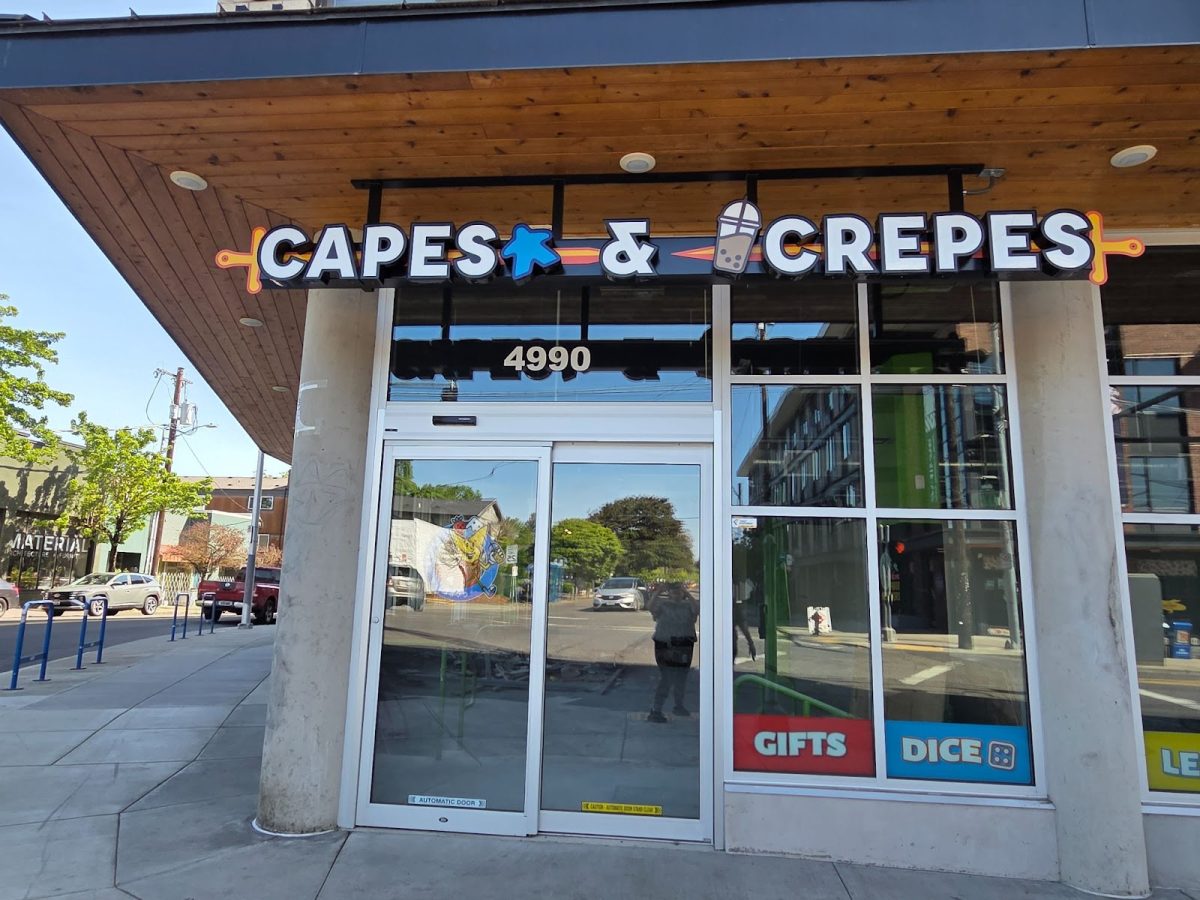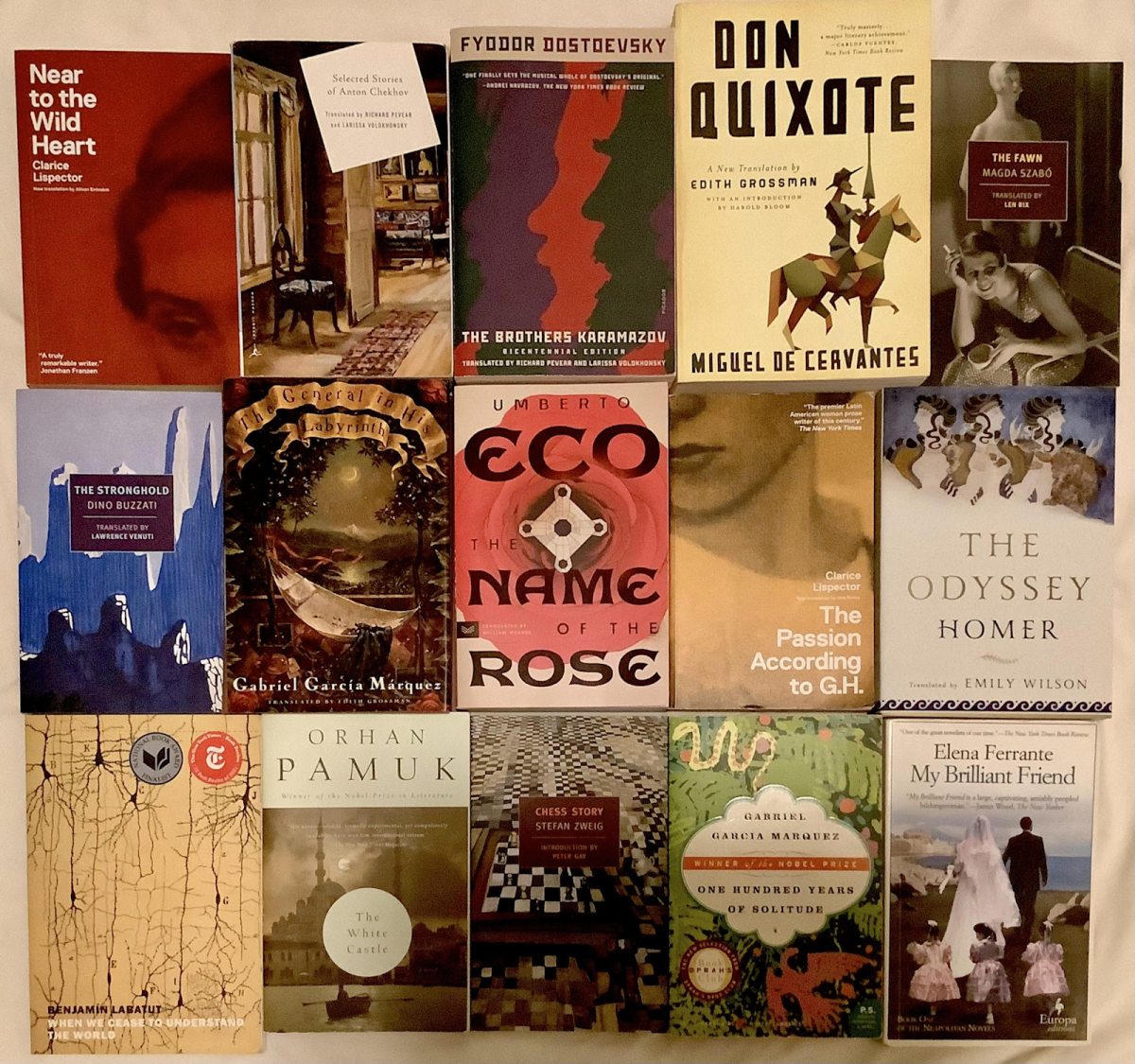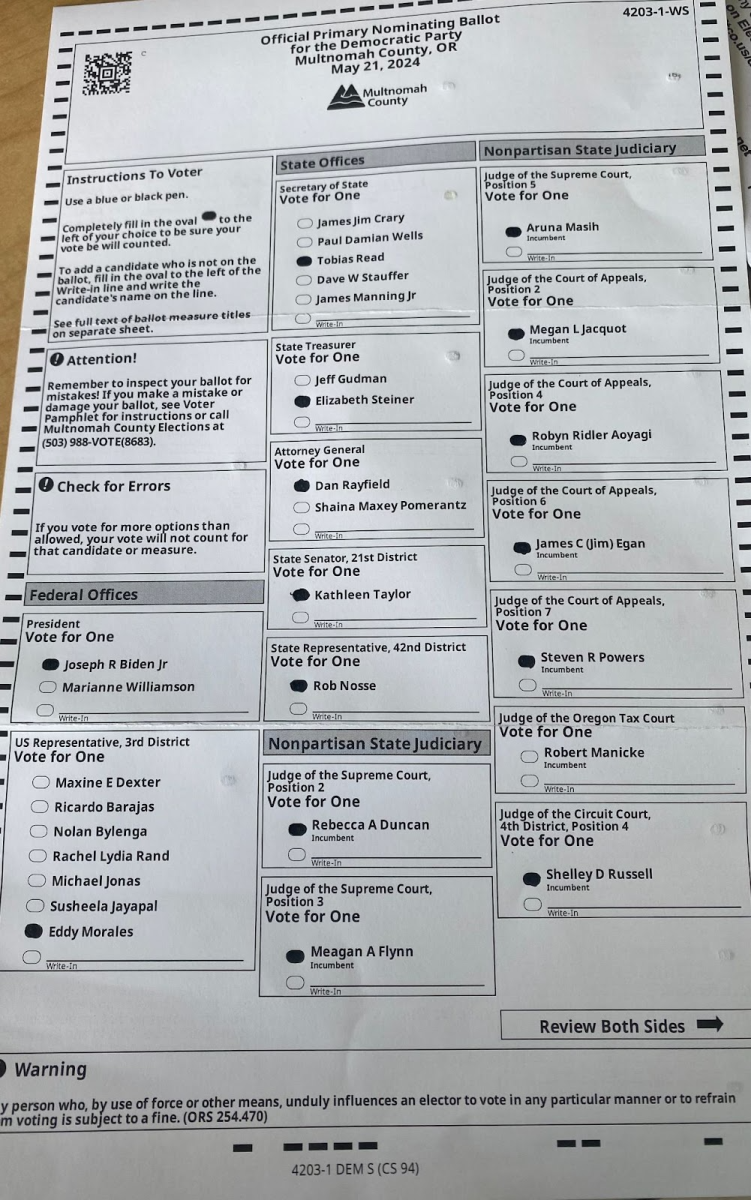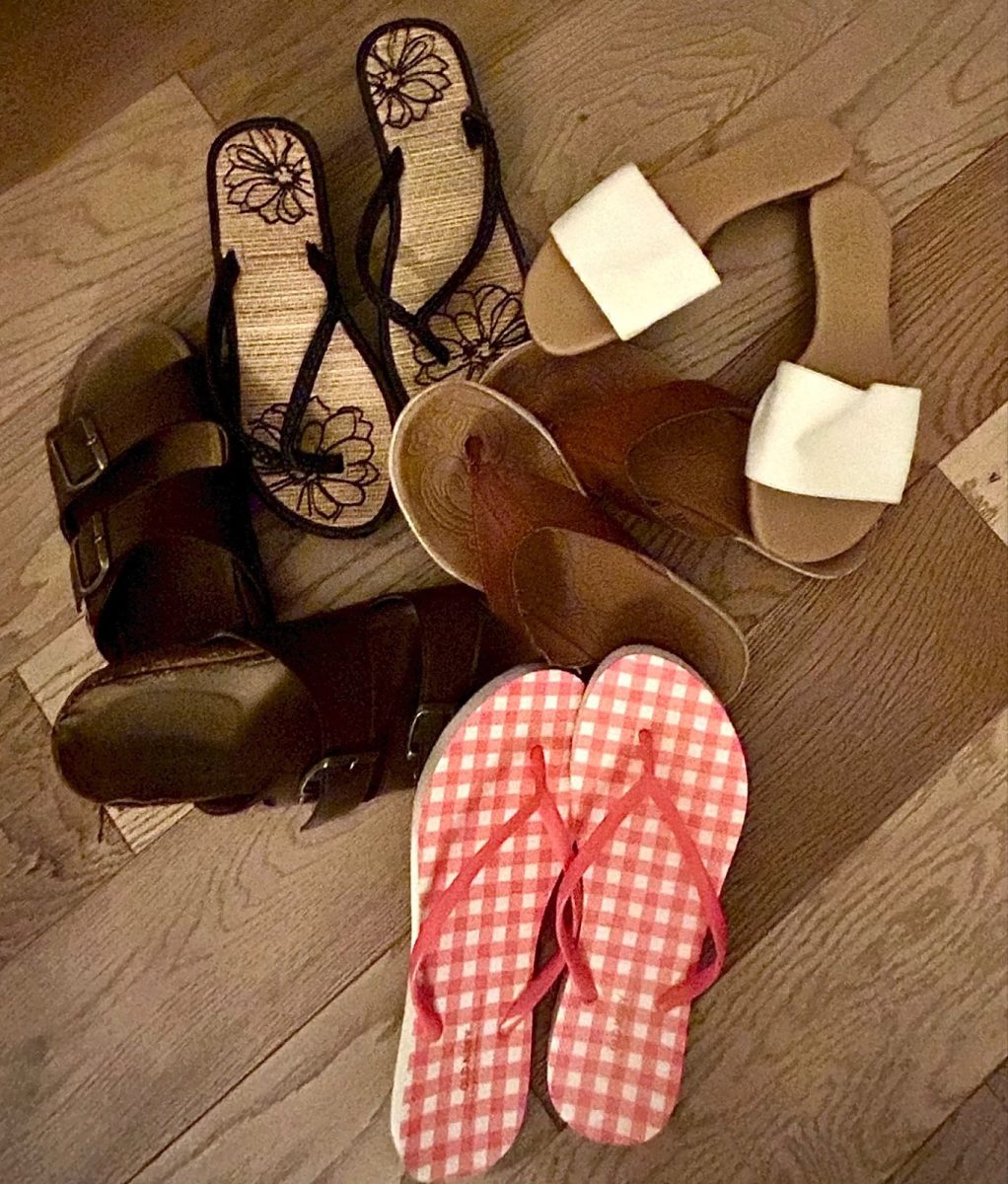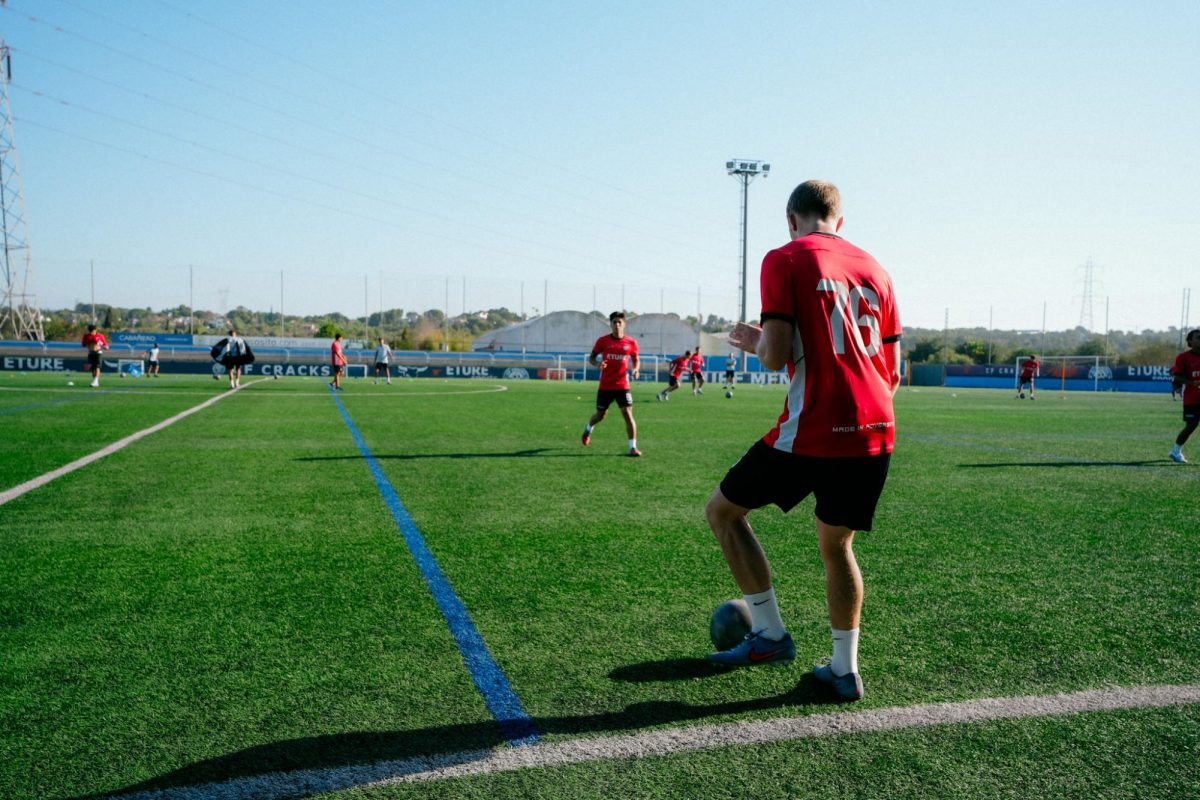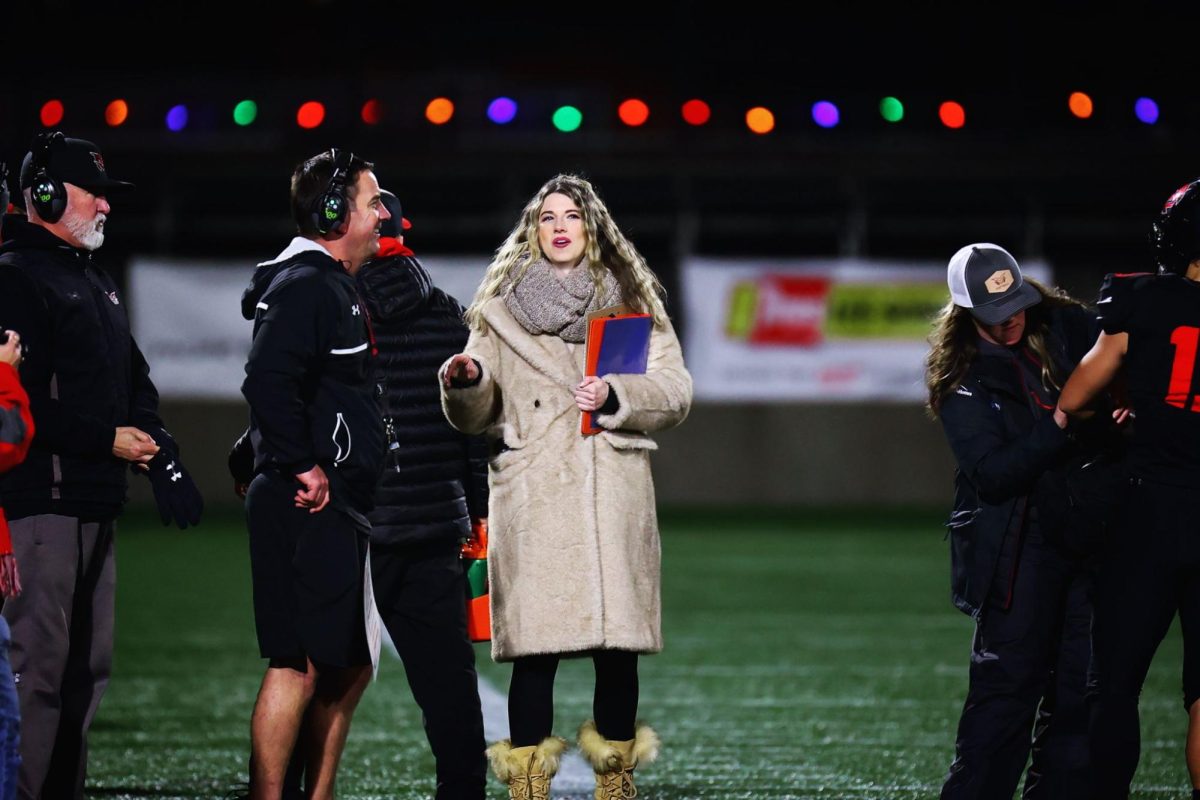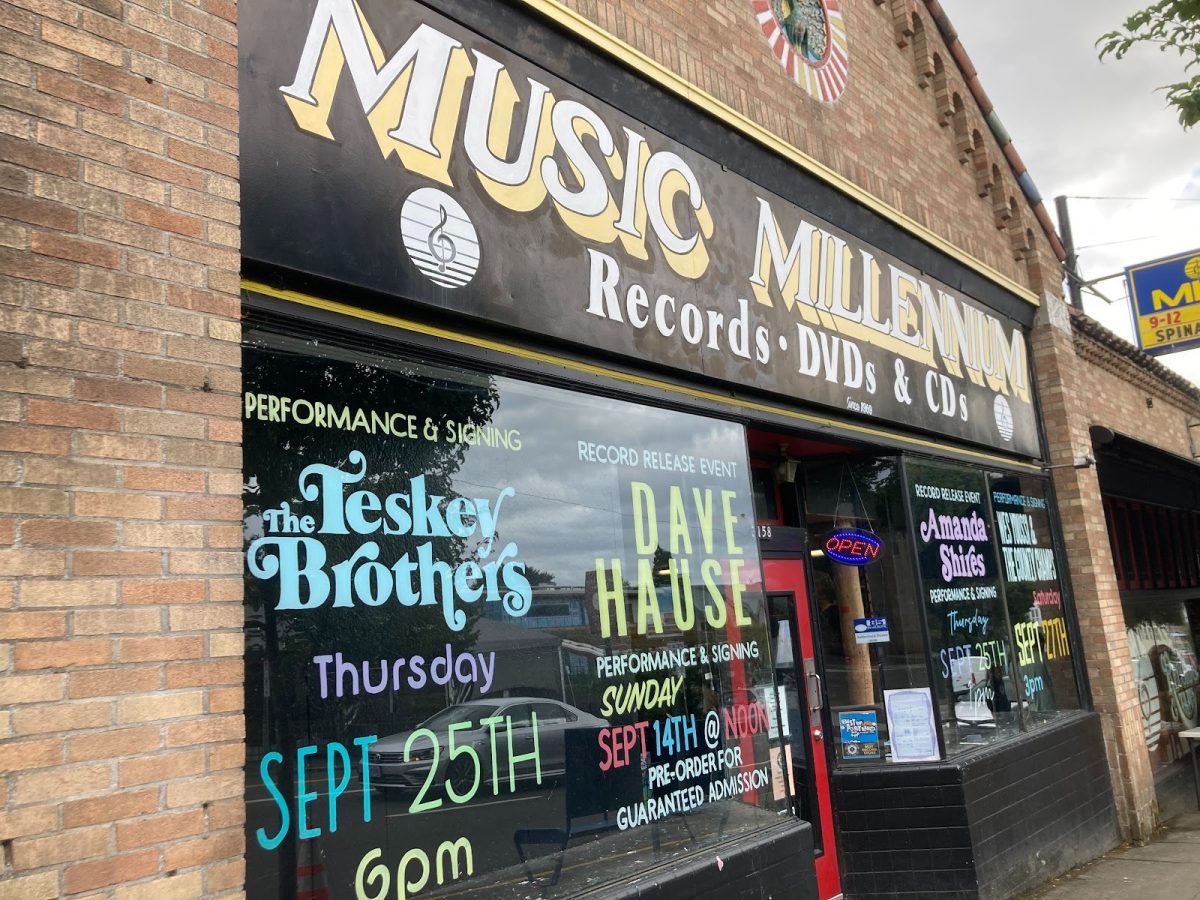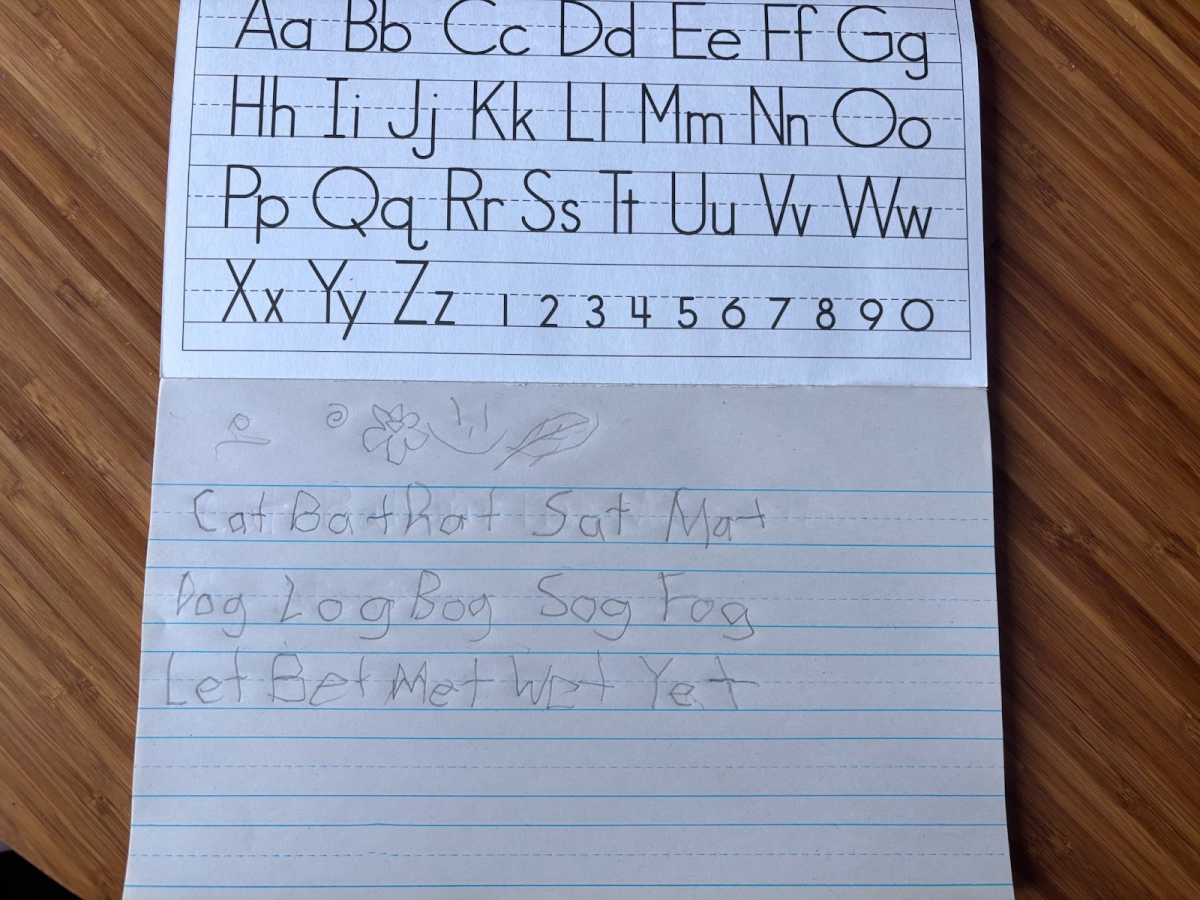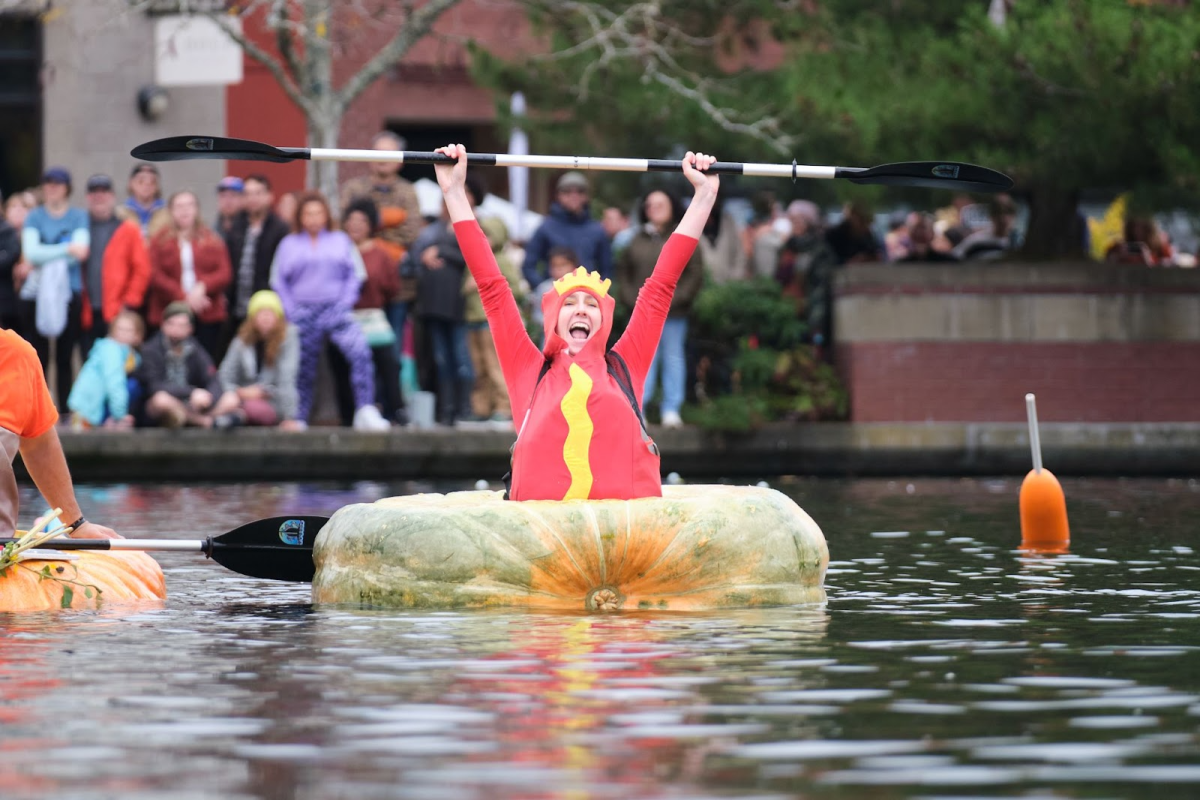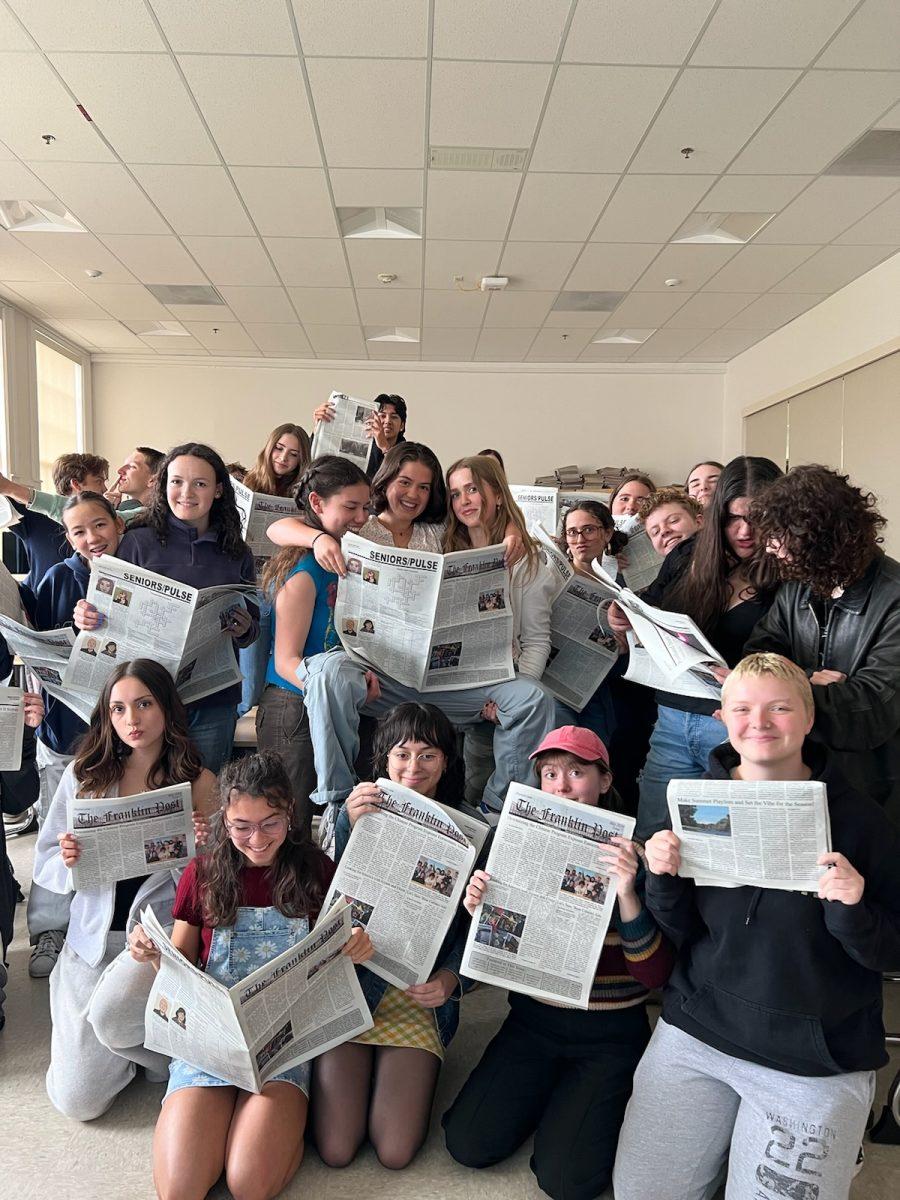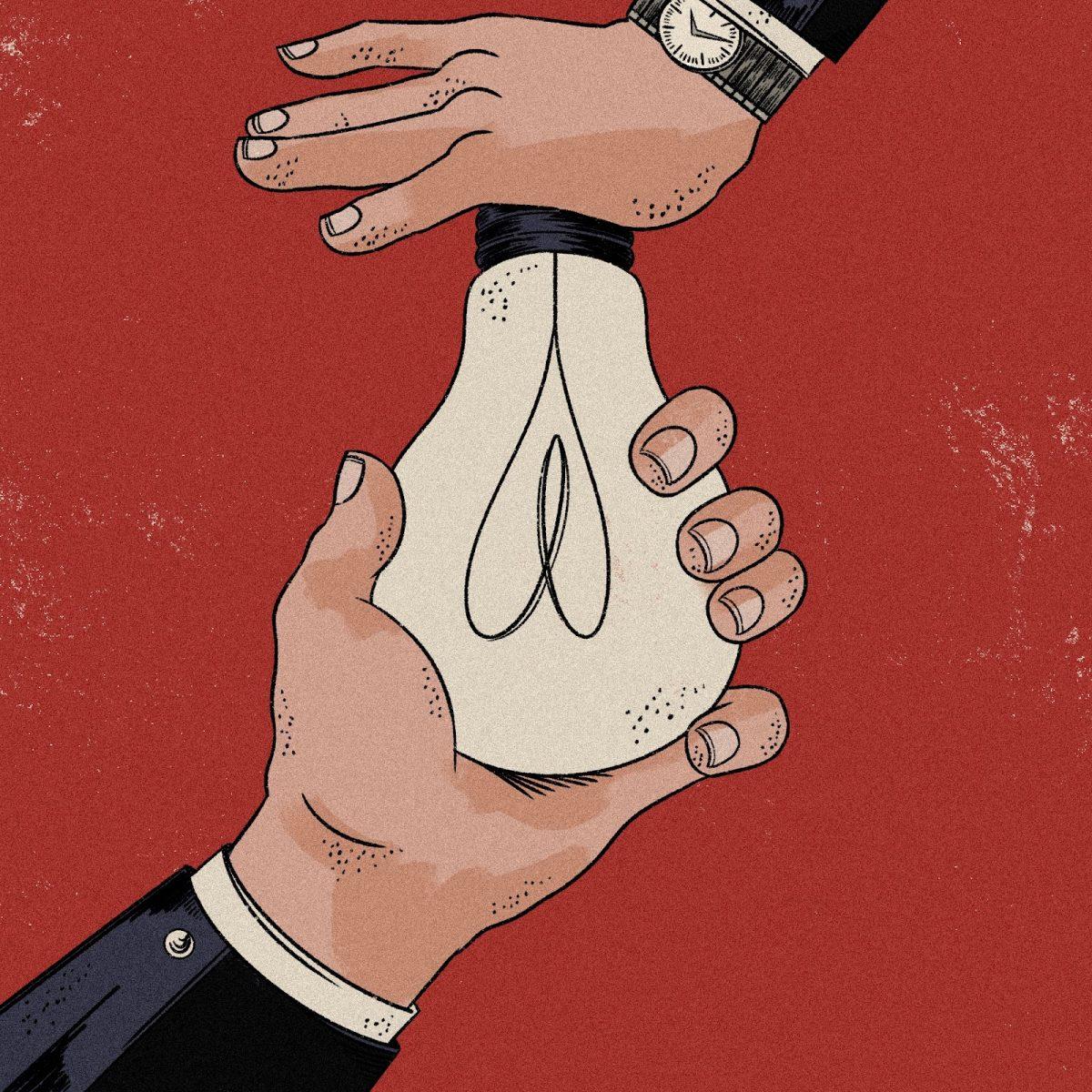
Photo by Katie Kaput
Saying that you enjoy roller skating could mean many things. Maybe you enjoy leisurely skating at a skating rink, outdoor skating, or roller skate racing. Or maybe you play roller derby: a badass sport on skates that is made out of two competing teams. Both sides are made up of five players. One, the designated jammer, who bears a single star on their helmet, scores points by lapping the opposing team. The rest of the players try to block the opposing team’s jammer from scoring and helping their own jammer fly past, thus the reason they’re called “blockers.” Roller derby’s a rough-and-tough contact sport on wheels, most often played by girls. While incredibly fun to play, it makes you wonder who could be crazy enough to come up with a sport this obscure.
Technically, the term “roller derby” was first coined in the 1920s. However, the interest and borderline obsession with roller skating had begun much earlier. In 1885, endurance racing on skates was extremely popular, with some races lasting for six days. These long endurance races sometimes ended in deaths; the demands of one match took the life of William Donovan, the winner of a six-day race. Along with endurance roller racing, the 20th century was infatuated with almost every kind of race on skates. Most race events included both professional and beginner level skaters, but the roughness of speed racing was obvious at all events. Because of the aggression of most of these races, they weren’t considered to be “legitimate sports” until the late 1930s when a man named Leo Seltzer initiated the evolution from roller racing to roller derby.
Seltzer had held many different sports events to raise money during the Great Depression, such as lengthy dance marathons—dubbed “walkathons,” as people tended to shuffle around the room instead of dancing their hearts out. Some of Seltzer’s walkathons lasted up to 40 days. However, as the public started to become less interested in these long walkathons, Seltzer stopped hosting them in 1935, turning to roller skating to try to make more money. Seltzer started the very first version of roller derby and called it the Transcontinental Roller Derby. The very first version of derby was much different than the derby many know of today. When it began, roller derby was played by 25 teams of two—one boy and one girl—and there was no jammer. The thing that has stuck over all this time is the oval wooden track that players still have to circle around. Games today are broken up into two 30 minute periods. In 1935, Seltzer’s Transcontinental Roller Derby lasted 11 ½ hours each day for 11 days to make a sum of 3,000 miles, mimicking the distance it would take to get from San Diego to New York City.
However, all good things come to an end. Leo Seltzer passed the Transcontinental Roller Derby business to his son, Jerry Seltzer, in 1959. Jerry changed some of the rules, making it so the teams were bigger, fewer teams would play in a game, jammers could score points, and the games were much shorter, lasting a couple of hours instead of days. Roller derby even went international while Jerry Seltzer was in charge, under the name of the International Roller Speedway. The rules changed here, too. Across seas, there were only two teams on the track: the home team played by Europe and USA’s team. Popularity started to die down; people became less interested in roller derby. Because of this, Jerry Seltzer shut down the original roller derby team in 1973.
People tried to start up roller derby-inspired games in the 1980s and 1990s, such as the RollerGames. However, RollerGames was much like WWE, more of a staged TV show for people to watch with a storyline and characters than a sporting event. The rules and gameplay were different here, too. Instead of an oval track, there was a figure 8 track. Instead of the flat ground, one side of the track was raised. Then, in 2003, a derby team in Texas completely changed the game.
The Texas Rollergirls, established in Austin, Texas, took derby from a performed violent spectator sport to a serious and professional sport. With four home teams—Hell Marys, Hotrod Honeys, Honky Tonk Heartbreakers, and Hustlers—the Texas Rollergirls changed roller derby into the game we know and love today. Two teams, five on five including a jammer, flat oval wooden track, and badass. Now, with derby considered a legitimate sport, there are official associations—the Women’s Flat Track Derby Association (WFTDA) was founded in 2004—and both youth and adult teams spread across the country.
Abby Emrich, a 17-year-old Franklin High School junior, plays under the derby name of “Pack Animal” (#252) and is the co-captain for the Rose City Rosebuds travel team. She tells me that practices for both home and away teams vary. Practices for the home team last about an hour. Emrich walked me through what a typical home team practice looks like: “During home team, we start with warm-ups on skates and then move into footwork and foundational skills.” The Rosebuds do this to work on strategy, and then go on to work on footwork and one-on-one blocking. Practices for the travel team are much longer for the more competitive season. “Practices during the travel team are about three hours,” Emrich says. “We start with off-skates bodyweight exercises and workouts… After that, we get to offensive/defensive strategies and other more complicated stuff.” Emrich goes on to say that it doesn’t hurt to workout outside of derby as well, as it’s very important to be strong and have the ability to get back up in a tough contact sport like derby.
Roller derby has come a long way since the beginning, and its tradition and culture is carried on through the youth who play it: fearless young people who work hard to grow on their ability to play hard. While derby has gone through its phases, whether it’s a staged spectator sport or a day-long endurance speed race, it’s had a community like all other sports do. Now, as the WFTDA accepts transgender and non-binary people for their teams, roller derby continues to be a wonderful and inclusive community. Emrich says that one of her favorite things about derby is “the sense of community and friendships we all have together.” Roller derby isn’t just about making money in the Great Depression as Leo Seltzer did, or making a TV show like RollerGames. It’s about an empowering sport for anyone to play, and all you need is perseverance and a pair of roller skates.
